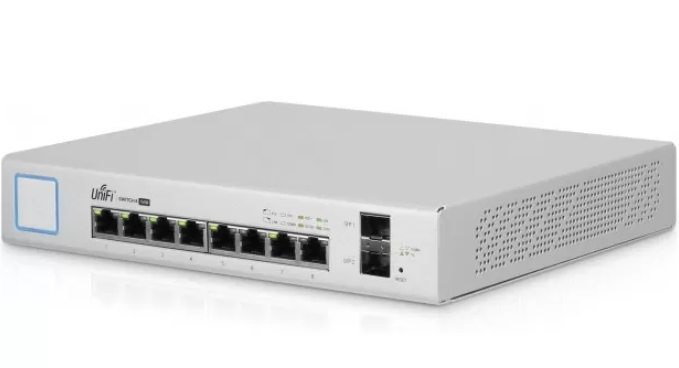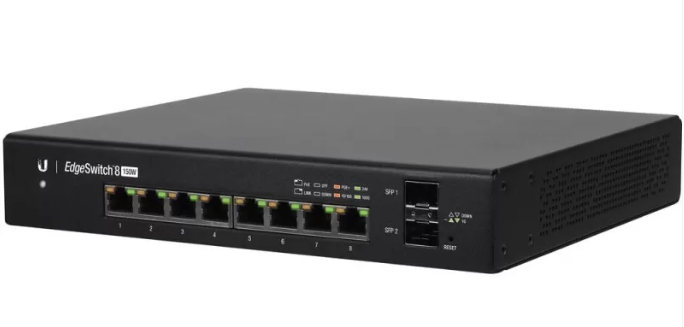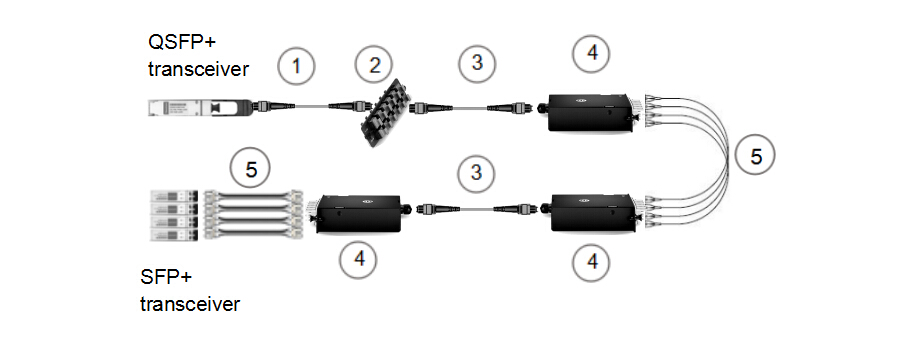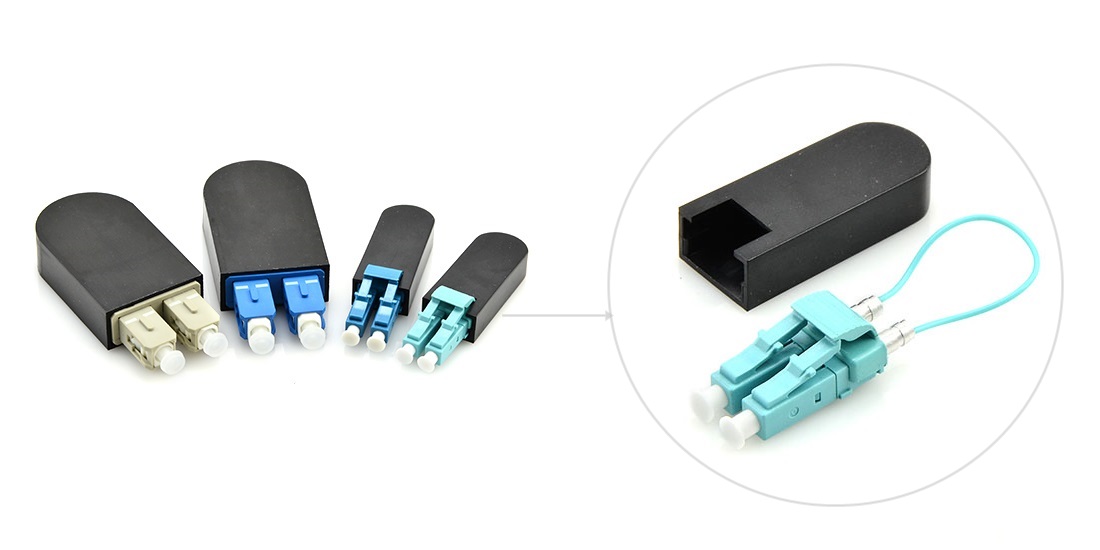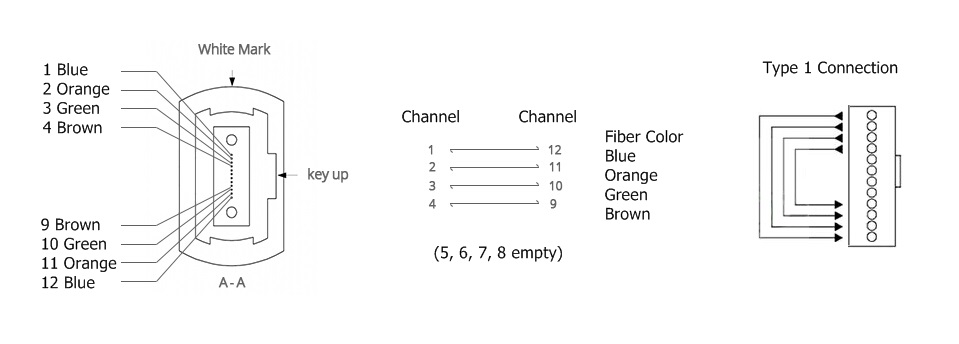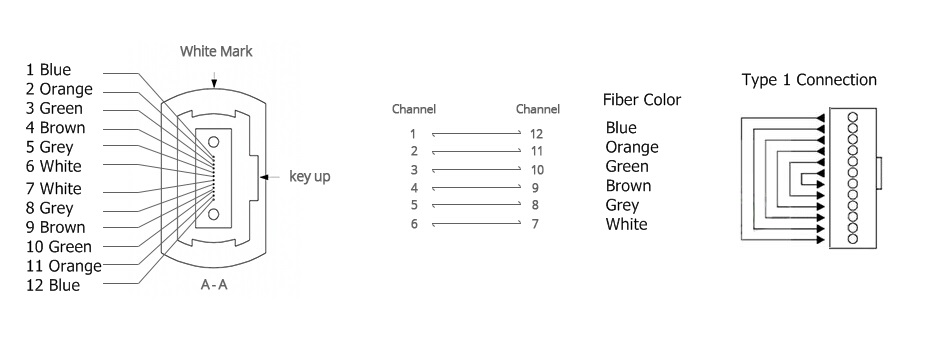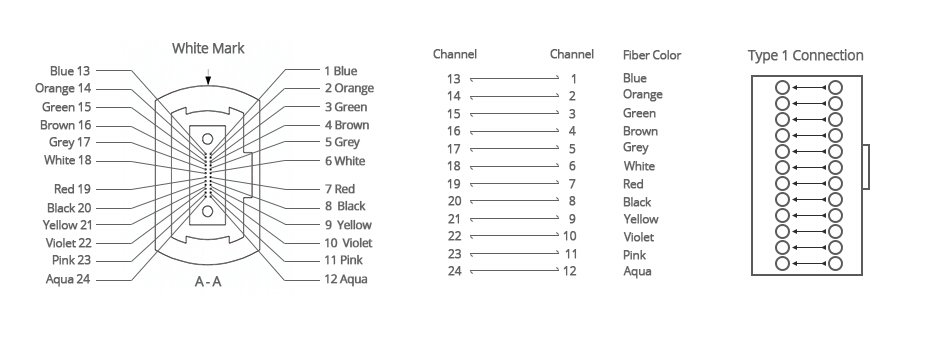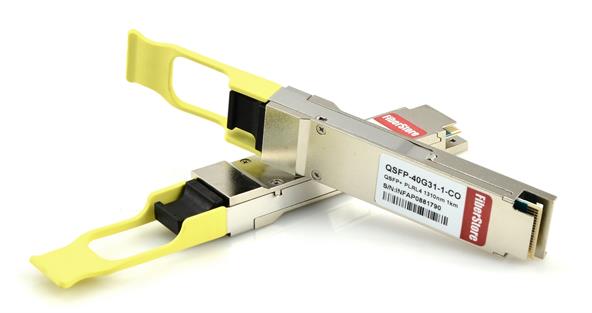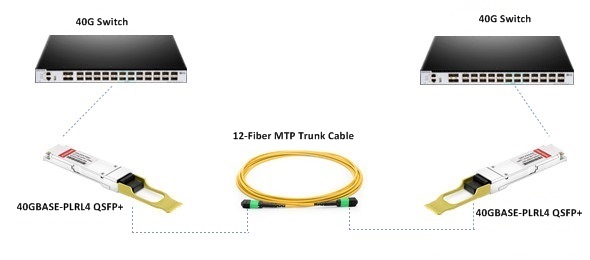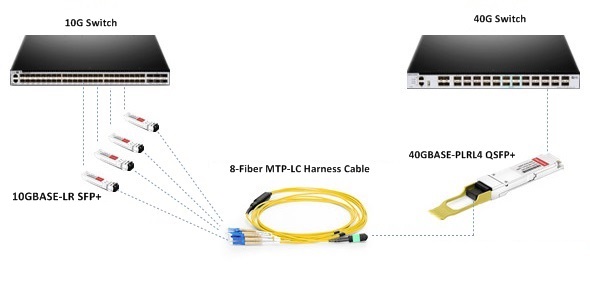Cisco Catalyst 3650 and 3850 series switches are enterprise class stackable switches. Cisco Catalyst 3650 series was unveiled in 2013 which designed to converge wired and wireless networking. Just in the same year, Cisco launched its first flagship Catalyst 3850 series switches . That provide a converged wired and wireless platform as well. With they have many things in common, many people confused about them and found it hard to decide which one to buy. This article would introduce Cisco 3650 vs. 3850 series switch as well as Cisco 3650 vs. 3850 differences.
There are 21 Cisco 3650 Series Switch models in total. All Cisco Catalyst 3650 Series Switches have fixed, built-in uplink ports. The Catalyst 3650 features line rate 24 and 48 Gigabit Ethernet ports and an integrated wireless controller. It can be stacked in groups of nine switches for support of up to 25 access points and 1,000 clients at 40Gbps. The uplink ports of all switch models can be divided into the following five types:
- Four Gigabit Ethernet with Small Form-Factor Pluggable (SFP Transceiver)
- Two 10 Gigabit Ethernet with SFP+ and two 10 Gigabit Ethernet with SFP or four Gigabit Ethernet with SFP
- Four 10 Gigabit Ethernet with SFP+ or four Gigabit Ethernet with SFP
- Eight 10 Gigabit Ethernet with SFP+ or eight Gigabit Ethernet with SFP
- Two 40 Gigabit Ethernet with QSFP+
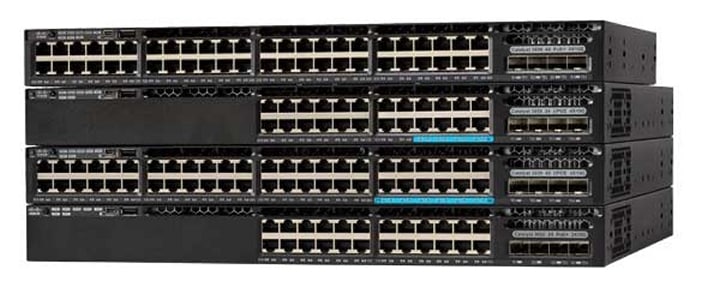
Figure1: Cisco 3650 PoE+ Switch(Resource: www.Cisco.com)
The Cisco Catalyst 3850 Series Switches are modular and field-replaceable network modules, which has RJ45 and fiber-based downlink interfaces, and redundant fans and power supplies. It fully supports IEEE 802.3 at Power over Ethernet Plus (PoE+). Compared with 3650 Series Switches, they have less switch modules—14 switch modules. Besides, they are stackable 3K switches, which can fully meet your requirement for evolving business. Some main features of Cisco 3850 are just listed in the following:
- Functionality added traffic aggregation. All Unified Access intelligent services can be persevered and delivered across the entire network from the access layer to the aggregation layer.
- Long distance transmission. The 3850 switches can be used to connect branch offices and small campus buildings. The fiber connections can support up to 80 km of physical distance.
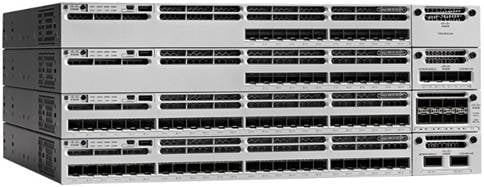
Figure2: Cisco 3850 PoE+ Switch(Resource: www.Cisco.com)
- High compatibility. The 3850 switches support a variety of optical modules and connectors, therefore allowing many deployment options.
- Enhanced security. It comes with native TrustSec functionality such as Security Group Tag (SGT) so that you have it enabled everywhere—from access to aggregation. Also, fiber connections provide strong physical security.
The flexibility of the 3850s is greater than the 3650s, because they are stacking and optional stacking switches respectively. The 3850s can do power stacking, that is an exclusive feature compared to the 3650s. Stacking is built in, and the short stacking cables are included. Larger stacks might require the longer stacking cables, that is a potential downside.
3650s can do stacking as well, but you need to buy the modules separately (and they are like $1,000 a pop list price), which adds up quickly.
The 3850s is the more powerful device than the 3650s, which featured as the great horsepower. Besides, as we mentioned before, the 3850s can do power stacking while the 3650s cannot.
Compared with the 3650s series switches, the 3850s series switches have higher capacity. The maximum switching capacity of the 3850s switches can arrive at 1280 Gbps on 48-port 10 Gigabit Ethernet SFP+ model while the 3650s switches at 472 Gbps on 48-port Multigigabit models.
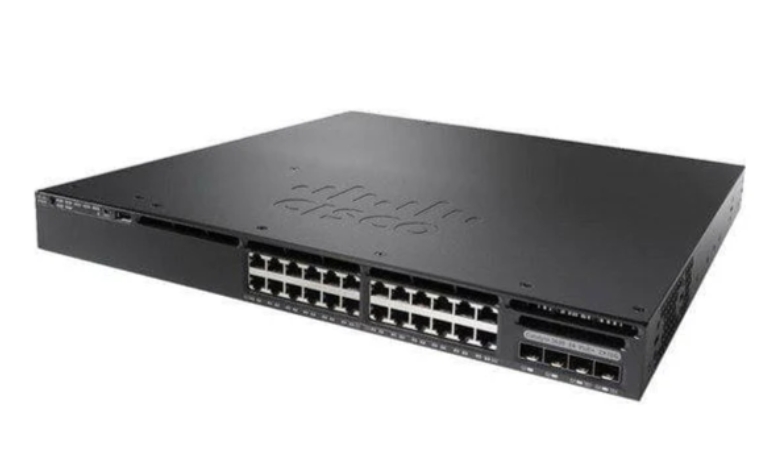
Figure3: Cisco 3650 24Port PoE+ switch(Resource: www.Cisco.com)
There are only slight differences between the two switches in terms of price. Just take the 24-port switches of two different series for example, you can see the differences more clearly by clicking the following link:
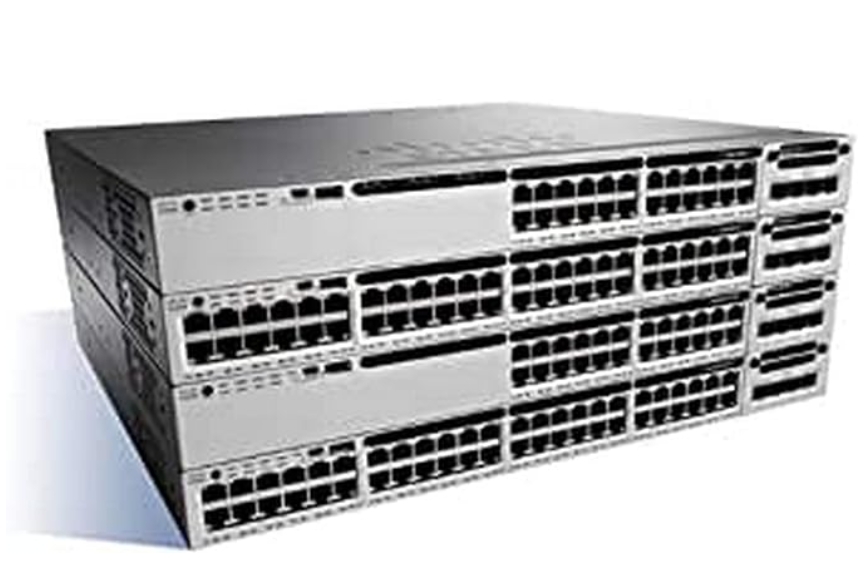
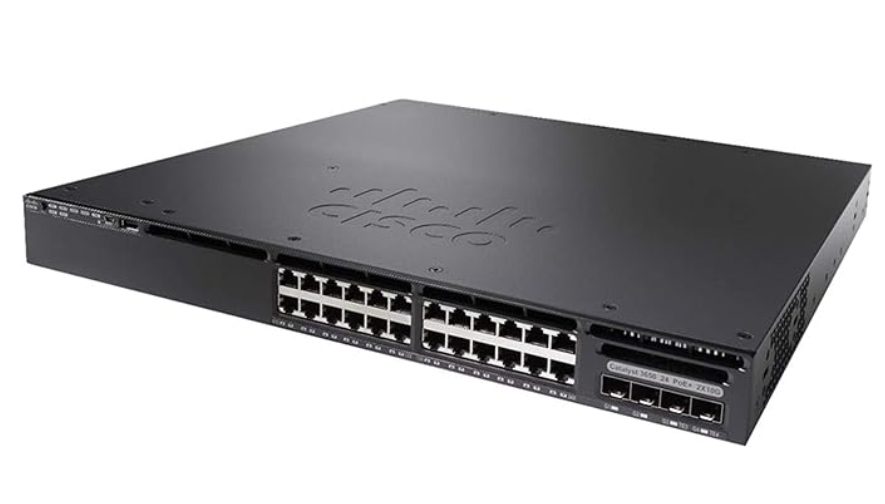
This article chiefly discussed the Cisco 3650 vs. 3850 series switches as well as their differences. How to choose? They are both great switches. It depends on what you really want to do and what you want out of your switches, and what your budget is. Besides, if you are looking for the compatible optical modules for those two switches, you can take FS.COM a try. We offer large and in-stock Cisco SFP, SFP+, 40G QSFP+ and 100G QSFP28 optical transceivers with high quality but low cost. For more details, please visit www.fs.com.

